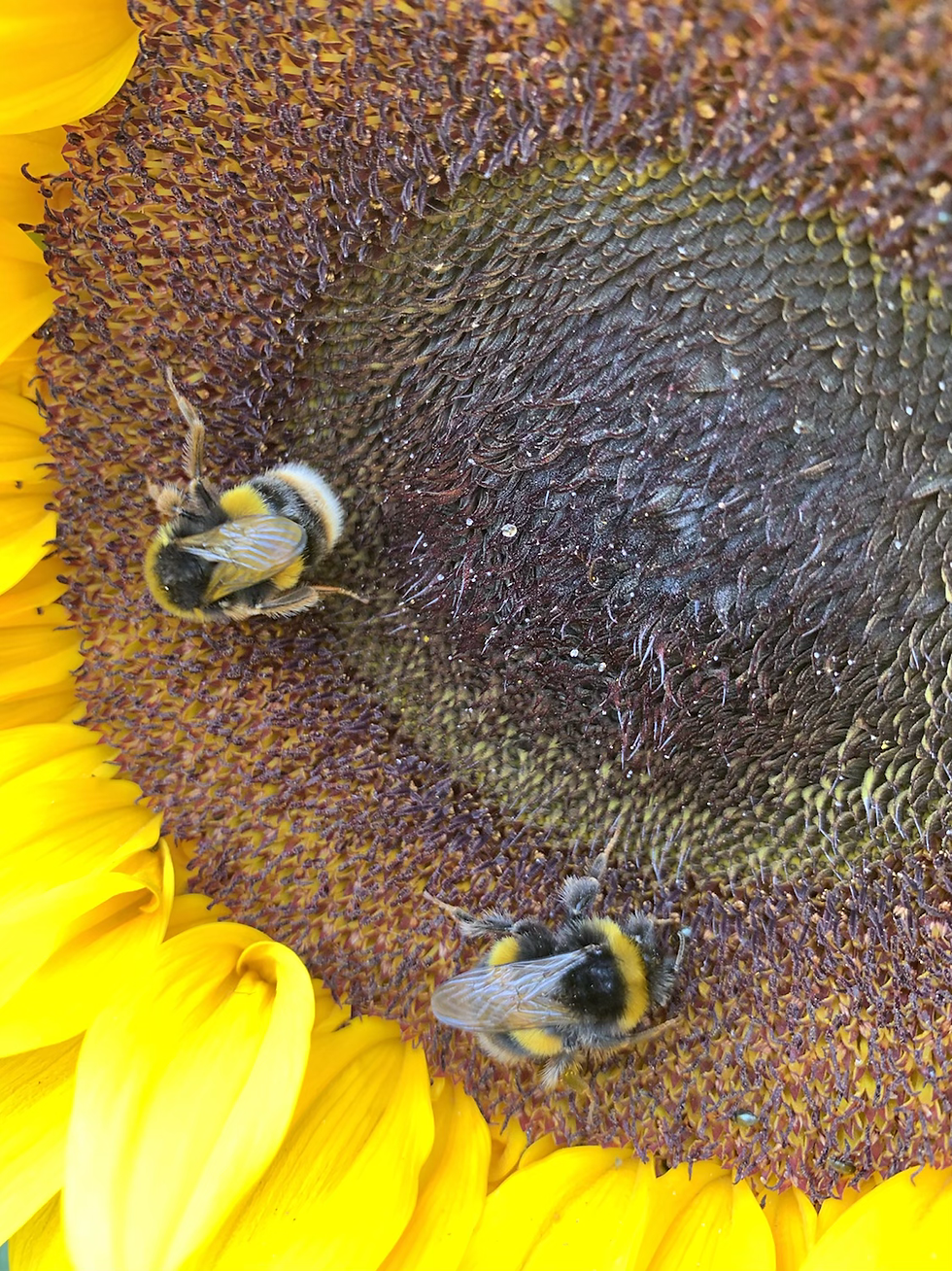
Oh deer Emily
- thenaturebugclub

- Jan 28, 2021
- 4 min read
Updated: May 8, 2021
Our first guest blog is from the self confessed bumblebee nerd https://instagram.com/ohdeeremily
her Instagram is a collection of stunning nature photographs and definitely worth a follow!
Emily has recently been appointed to the Youth Advisory Panel for the @btobirds and has kindly written this blog post with some great tips on how to get your children involved in birdwatching.

Birdwatching can help children to develop a lifelong relationship with nature. For me, that was definitely the case!
As a child, I spent a lot of time outdoors with my parents on muddy dog walks and afternoon adventures. Without really knowing it, I suppose I was birdwatching from a young age. These early encounters were little more than being able to discern a blackbird from a pigeon, but it helped me to develop a fascination with the natural world which persists to this day.
Eventually, this led to me studying Biology at University, and later pursuing a career in conservation. Now, as I work through the middle of a pandemic, birdwatching has provided me with so much solace; my beautiful garden birds have been a constant, reassuring presence—even as the world seems to crumble around us.
Recently, I was invited to sit on the Youth Advisory Panel for the British Trust for Ornithology (BTO). They are committed to making birding accessible to young people from diverse backgrounds—and I feel honoured to play a role in making this happen. I strongly believe that introducing birdwatching to children at a young age can be incredibly impactful—both for their personal development and for the planet as a whole.

Even as an adult, I feel the benefits of birding each and every time I go. It’s a great form of physical activity; it can help to boost mental health; and, most importantly, it’s a great lesson in the importance of patience! On a grander scale, raising children to have an appreciation of nature and empathy for other living creatures is the best way to protect our planet long into the future.
If I can help even one child to discover the wonders of birds and nature as a whole, I will feel as if my mission is complete.
Prompts for birdwatching with children:
With the Big Garden Birdwatch just around the corner, there’s no better time to introduce your child to the wonderful world of birds.
For many children, birds are naturally exciting. They come in all sorts of colours; they can sing loud, complex songs; and—most importantly—they can fly! What’s not to love?
For other children, they might need a bit more prompting. I’ve written down some ideas which might help you turn birdwatching into a bit of an adventure.
---

Listen:
Stay really quiet and take a minute to listen. Can you hear any birds? Sometimes, you’ll be able to hear birds singing. Other times, you’ll be able to tell they’re around because they make rustling noises as they move through trees.
If you can hear them sing, what does it sound like? Is it short and sharp? Loud or quiet? Does it sound like a song, or is it a simple call? Try and copy the sound if you can!
Why do you think birds sing? Are they talking to each other? Have a think about what they might be telling each other.
Look:
Some birds are very brave, which makes them easier to spot. Other birds are a bit shy, which means they can be tricky to find. If you’re very quiet, they might come out from their hiding places to see you!
Luckily, there are lots of little clues which tell you that birds are nearby.
Firstly, look at the ground. If it’s muddy or snowy, you might be able to see their footprints. Do you think the footprints belong to a big bird or a small one? What do you think they might look like? If you follow them, where do they go?
Next, look up into the trees or hedges and stay very still. Can you see leaves rustling, or perhaps a branch twitching? If so, there might be a bird hiding! Keep your eyes peeled and you might see the bird taking flight as it continues on its journey.
Finally, look up at the sky. Can you see any birds flying? Are they in a flock, or on their own? Where do you think they might be flying? Do they fly in a straight line, or do they bob up and down while they fly?
Hopefully, you’ve managed to spot a bird. Now it’s time tothink about what it looks like. What colour are its feathers? Does it have a big beak or a small one? How big is it? If you’re not sure how big it is, think about it in comparison to the size of a duck you might see at the park. All of these things will help you to find out what kind of bird it is later!

Learn:
The BTO and the RSPB have a great selection of resources to help you learn more about birds. Here are a few ideas:
• Pick a bird like a robin or house sparrow, then try to learn its song off by heart. Next time you go on a walk, see if you can recognise this song in the wild.
• Have a look through UK bird species using the BTO or RSPB website. Which birds would you really like to see? Draw them all on a big sheet of paper, then check them off once you find them!
• Use the RSPB bird identifier to find the names of birds you see in your garden. Remember all of the things you noticed about the way a bird looks? It’s time to put that to the test. Turn it into a race with your family and see who can identify the bird first.




Comments